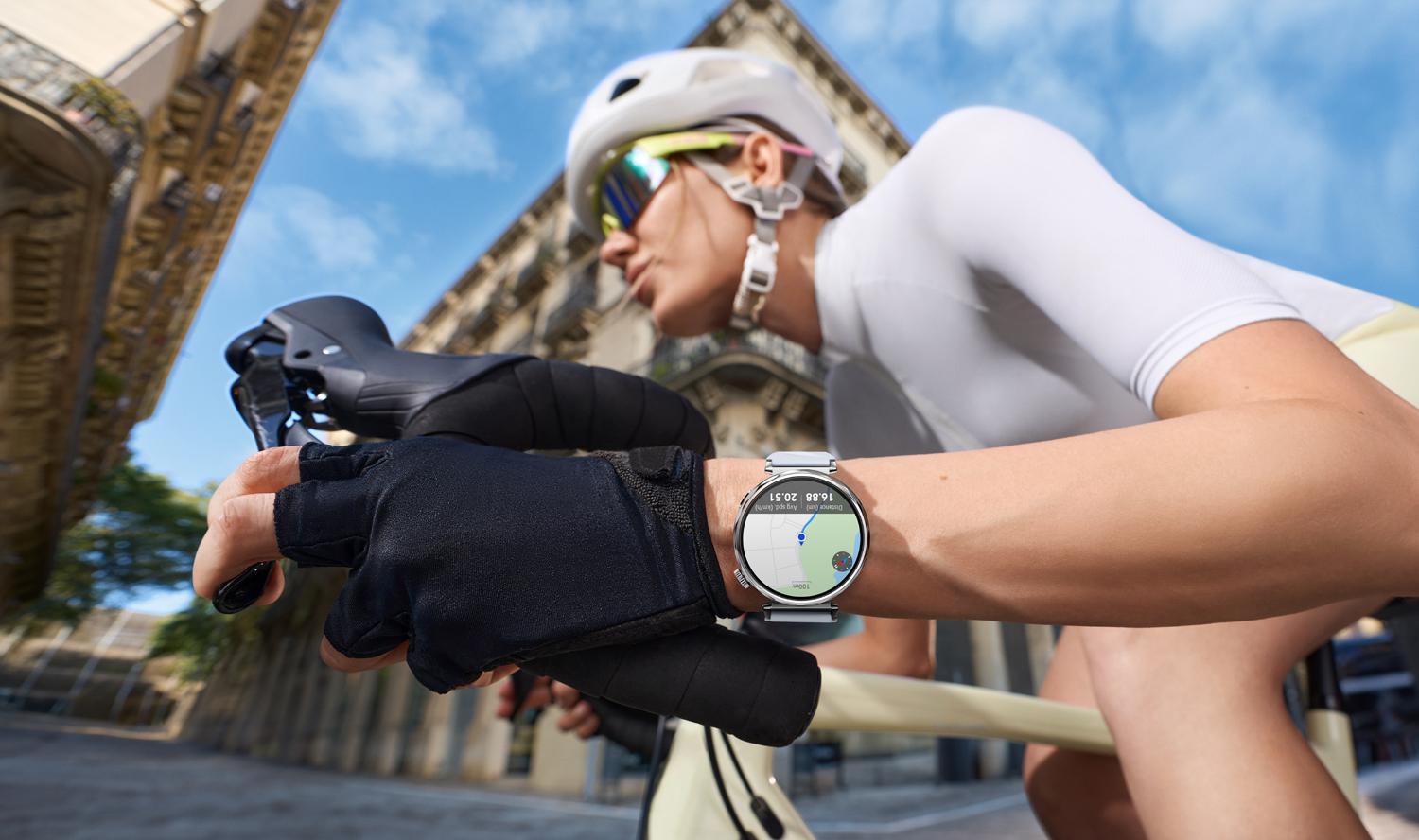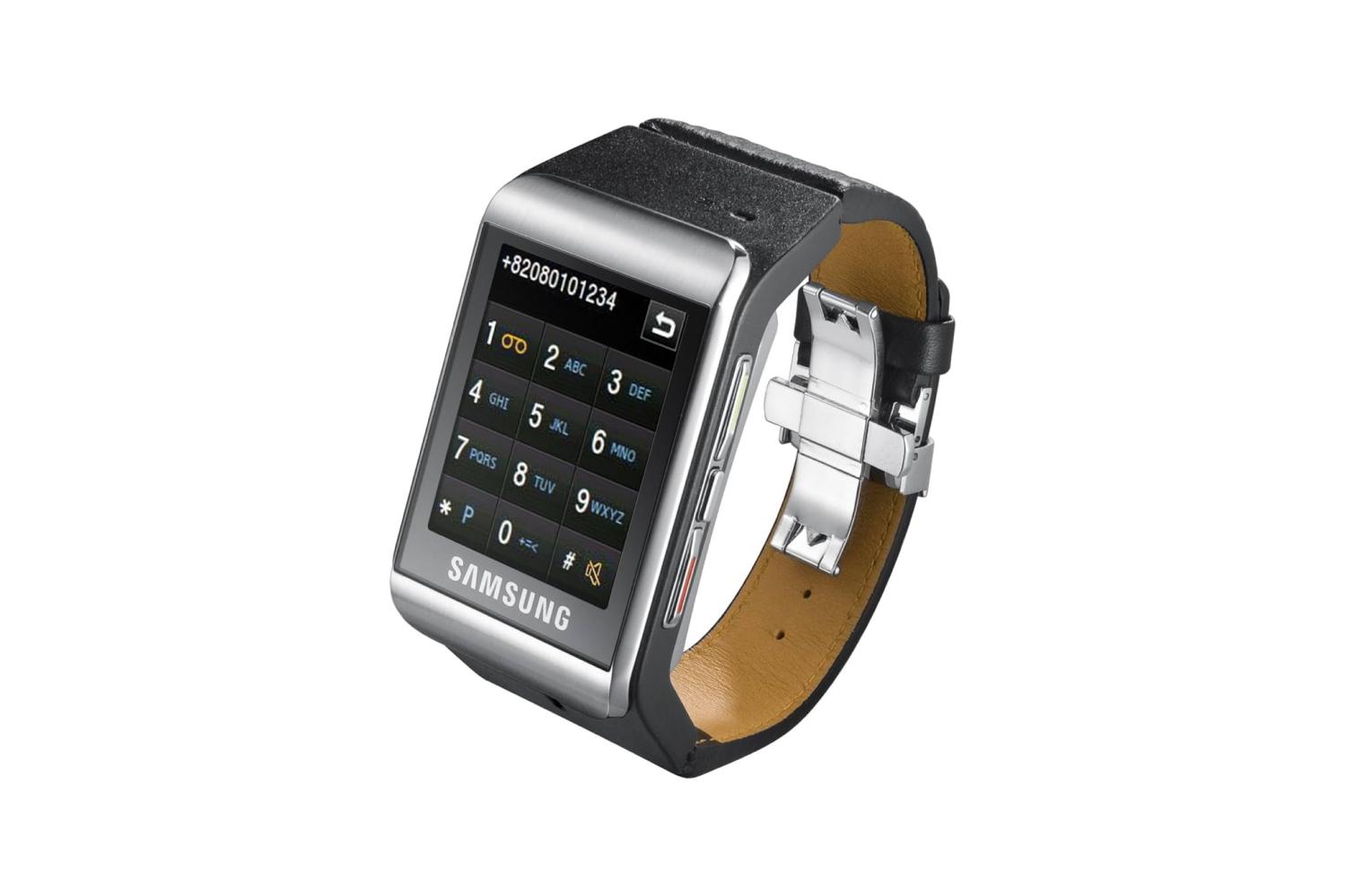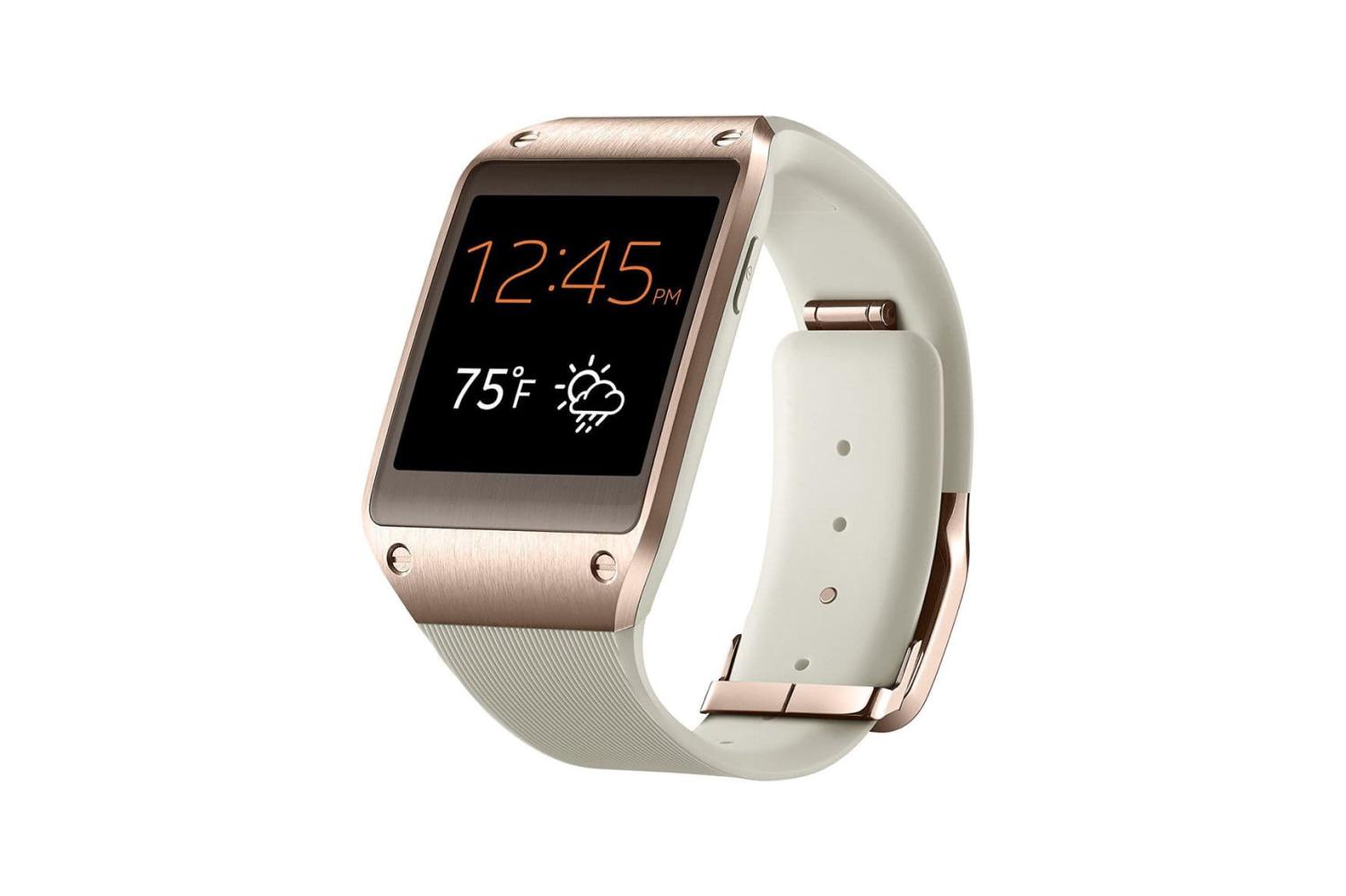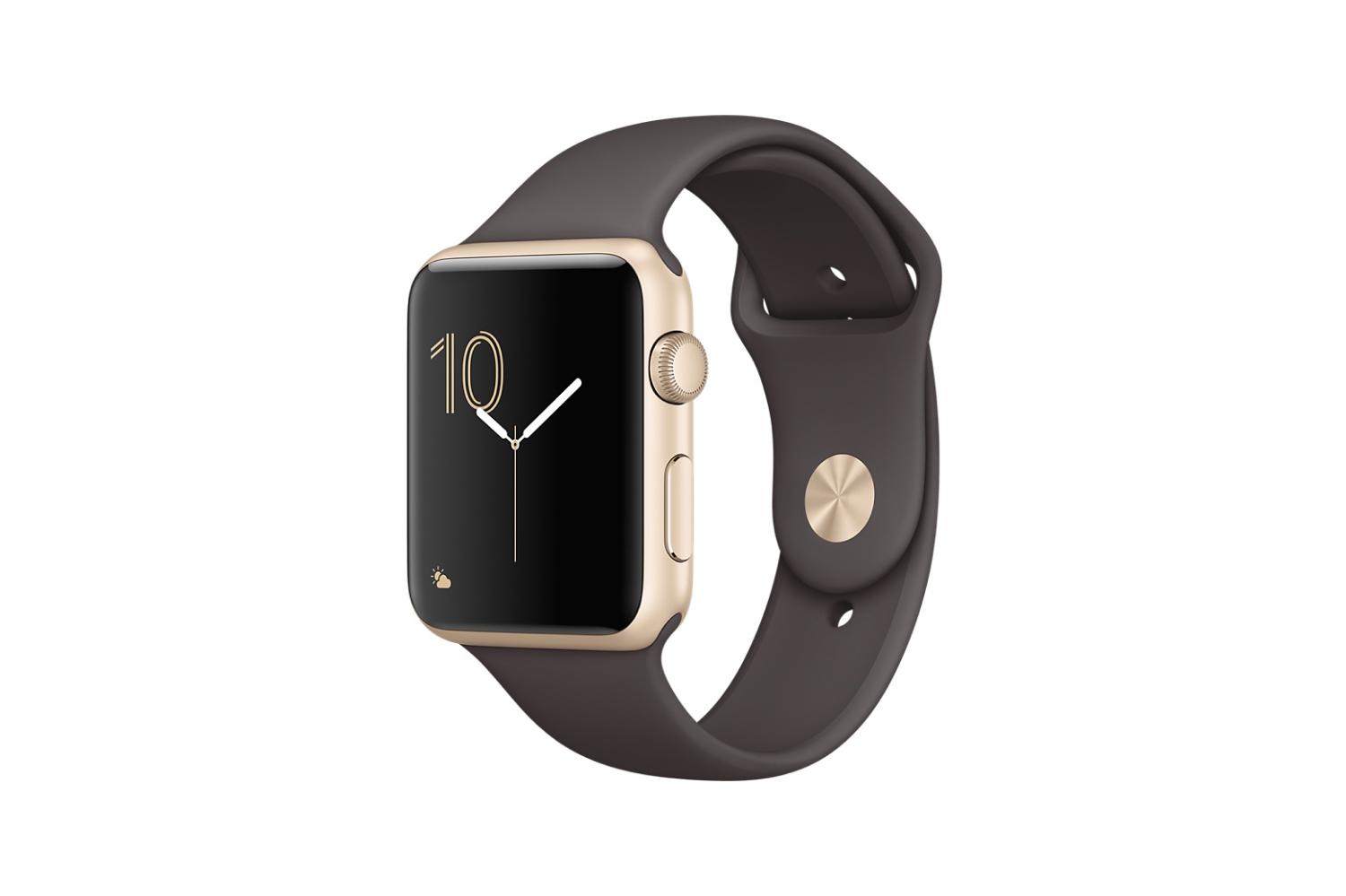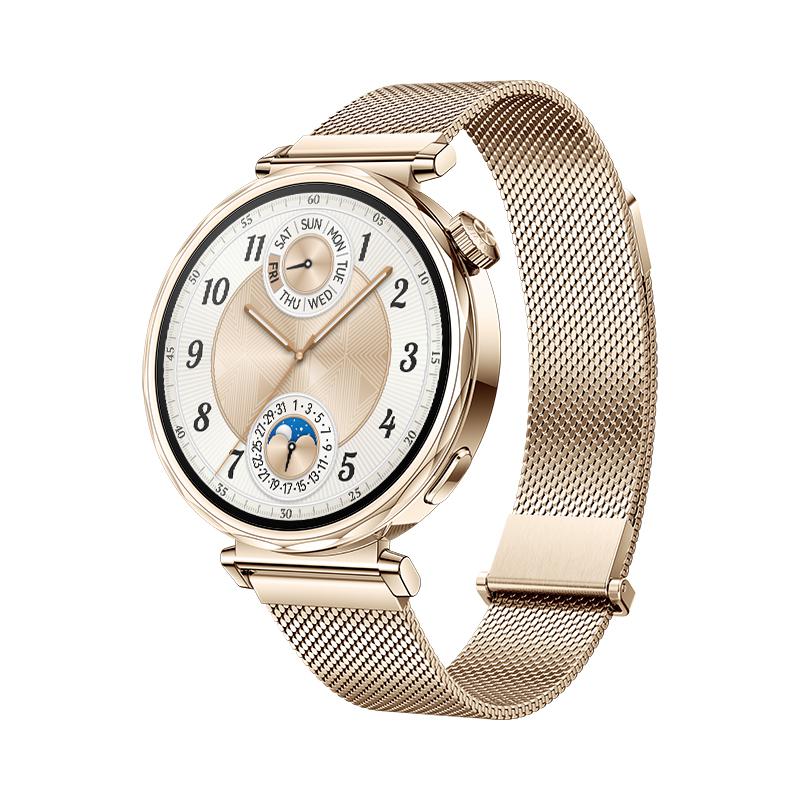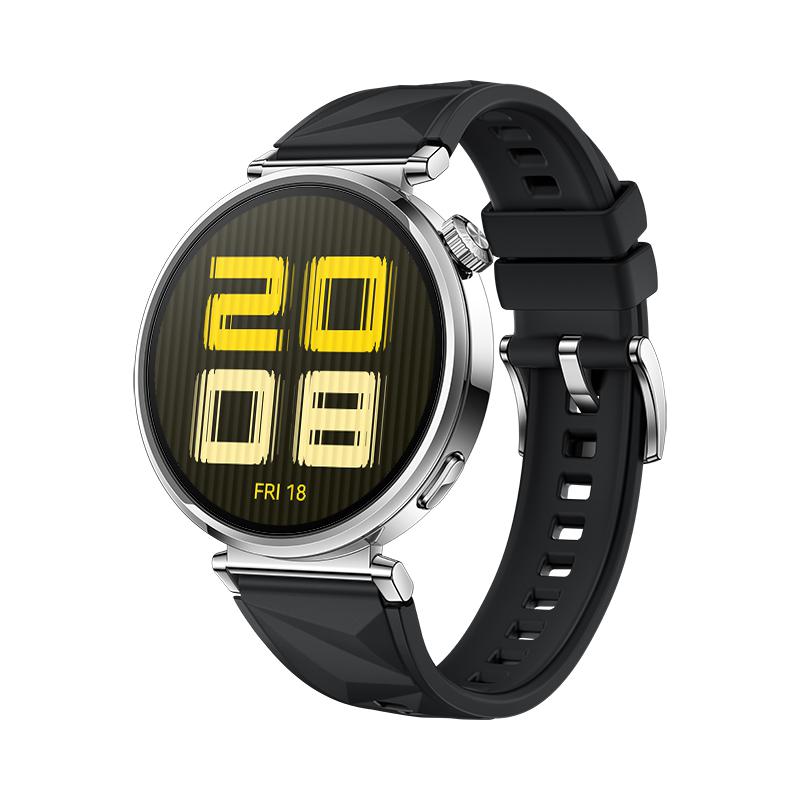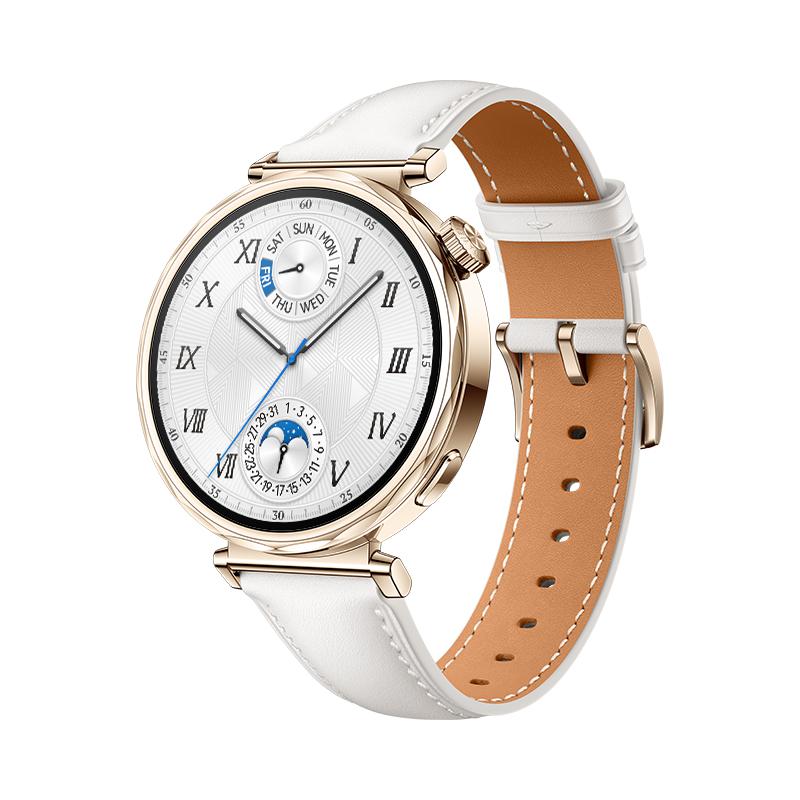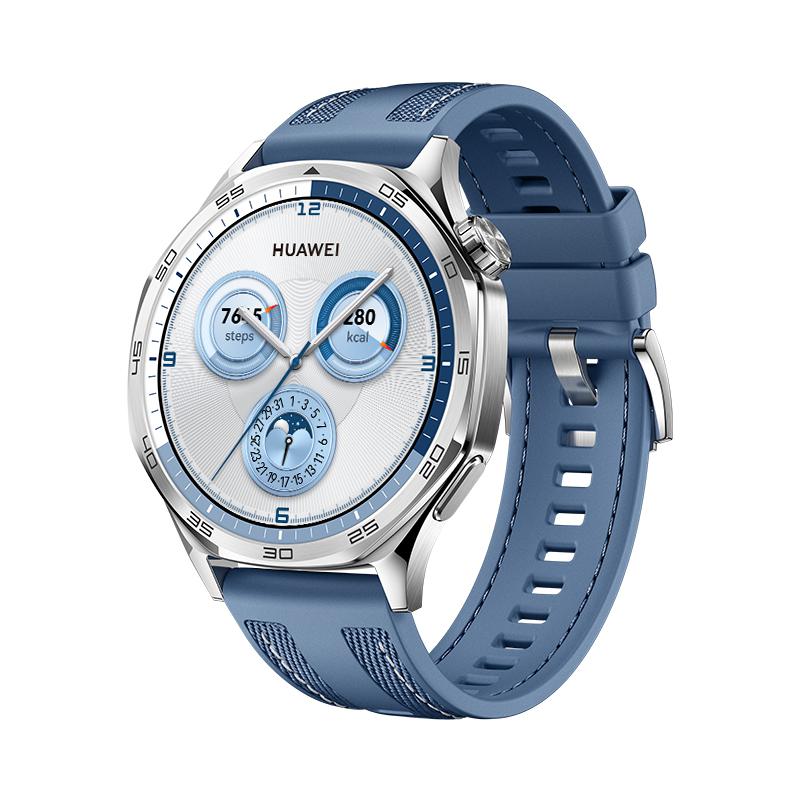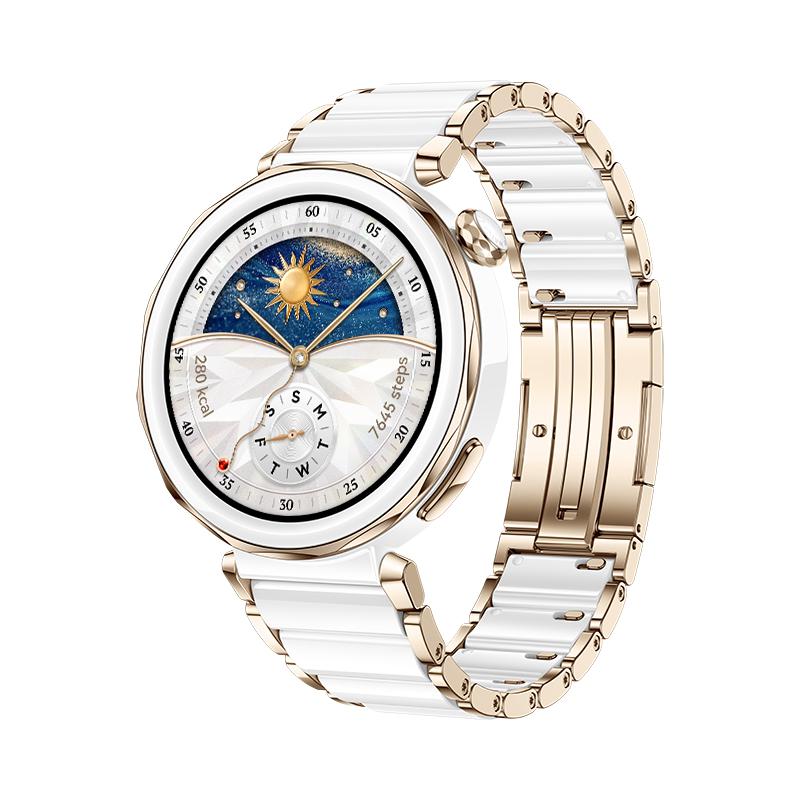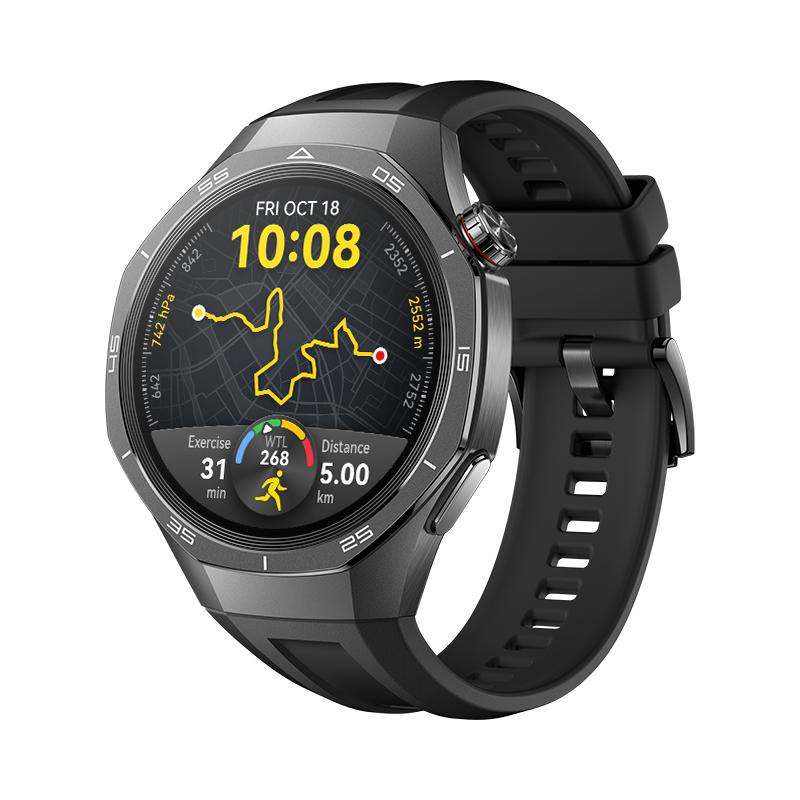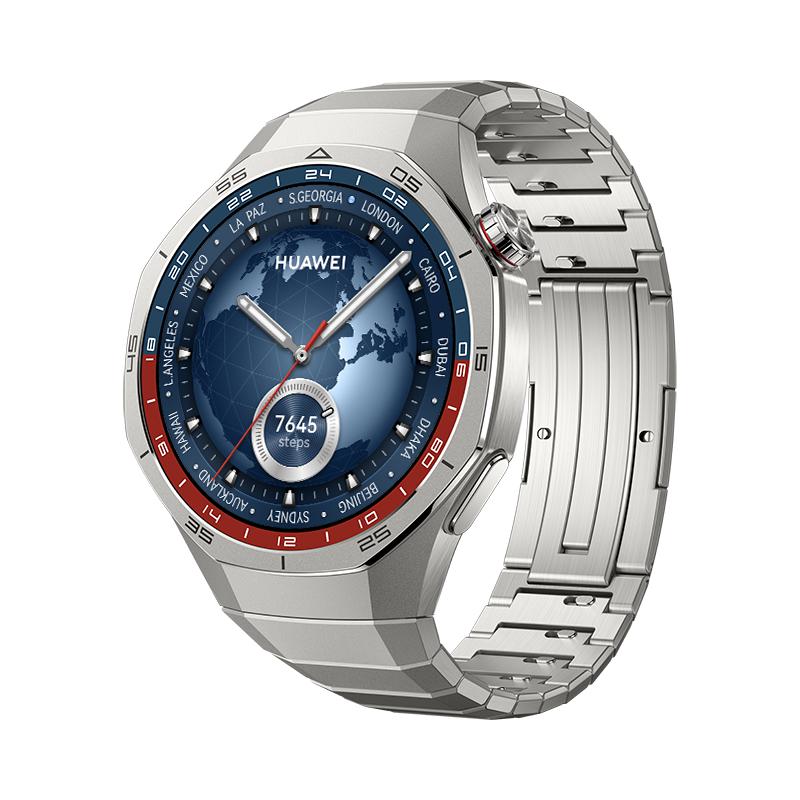
Futurism
Smartwatches from the 2000s today look as retro-futuristic as a sonic screwdriver in the hands of Doctor Who, traveling between space and time in a beige trench coat. Designers of the 2000s seemed to deliberately strive to make “smart” watches as different as possible from analog ones: they chose a voluminous plastic case, often of an unusual shape, and added a lot of buttons with not always intuitive purposes.
Companies have been scrambling to add new features to wristwatches. Thus, a watch with a camera and an MP3 player appeared from the Japanese company Casio. However, the technologies of those years were not yet sufficiently miniature. The result was a kind of “spaceship” on the wrist, bulky, not very practical and expensive. Nevertheless, by its very appearance, these watches emphasized that their owner strives to keep up with the times and is not afraid to experiment with new technologies.
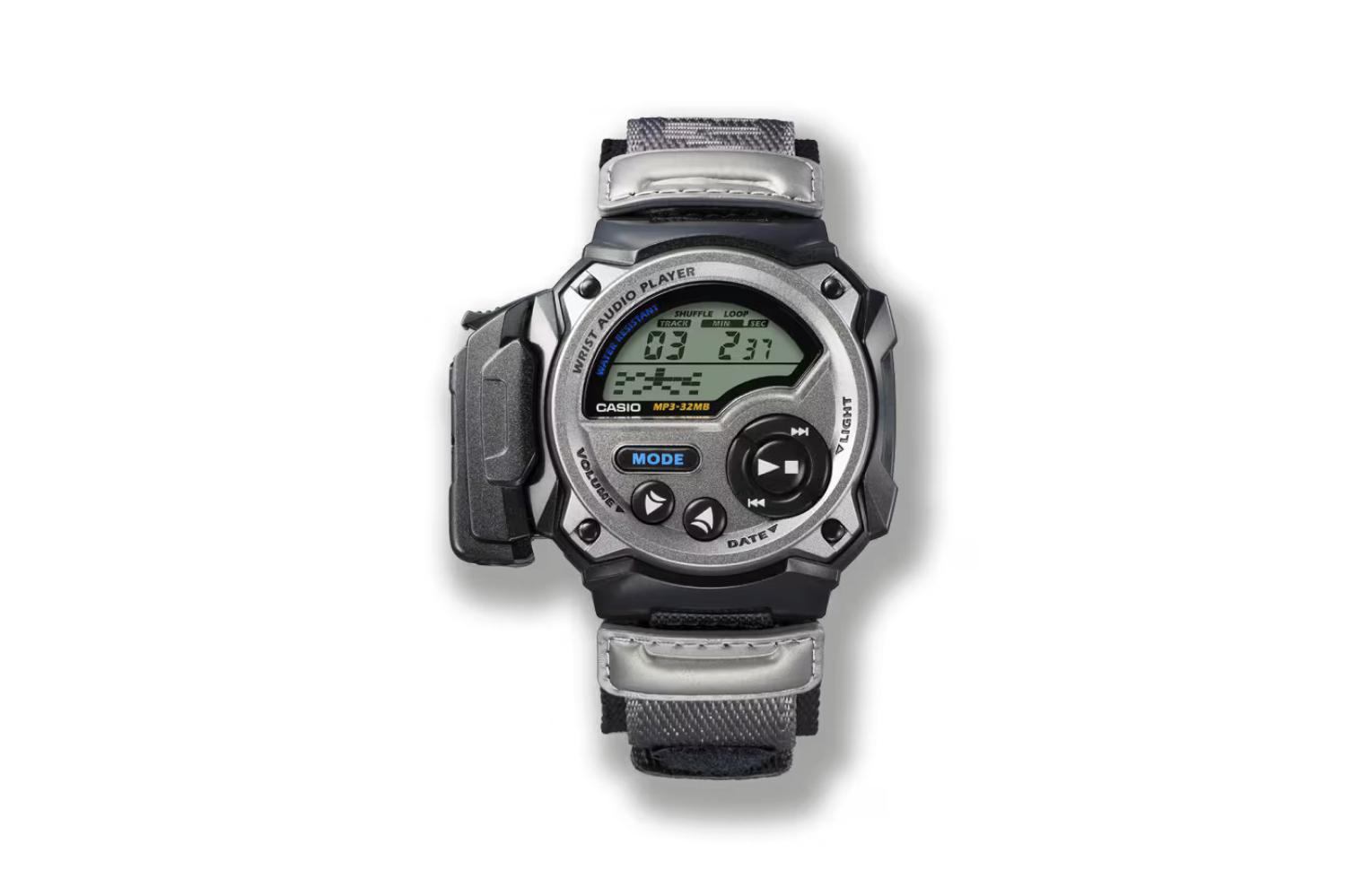
Casio WMP-1
Minimalism
In 2009, Samsung introduced the S9110 wrist smartphone model, thus beginning the evolution of style in the world of smart watches. Their design has become much more minimalistic: a thin metal body, almost complete absence of screen frames and buttons. This look has won the hearts of customers with its simplicity and versatility, which suits any clothing style.
In the mid-2010s, Samsung continued to improve its product and released the Gear line, which it positioned as “smart” watches. New designs from the digital giant have gradually brought the round dial back into fashion. And the elegant Apple Watch, released in 2014, led to a craze for smartwatches. Typical of the 2010s, new technologies, more affordable prices and neat designs have turned smart watches into an integral wardrobe element, as necessary as a classic shirt or white sneakers for a casual style.
Neoclassical
For modern smart watches, it is no longer enough to simply be invisible and have the functions of a fitness bracelet. The trend of the 2020s is the return of status analog classics on the outside with new functionality that meets the rhythm of modern life on the inside. Smart watches today are more of a bright accessory that adds uniqueness to an image and looks no less prestigious than a Rolex or Patek Philippe chronometer.
The round shape has finally gained a foothold among modern models, and the once fashionable square is becoming more streamlined every year. In case design, preference is increasingly given not to plastic, but to durable titanium alloys. Instead of a boring silicone strap, they choose leather, metal and ceramics. Thus, in the new GT 5 model, Huawei designers were not afraid to move away from the unisex style of the 2010s and create different designs for the same content. The options include both sophisticated shapes with golden accents and more massive models with a classic bezel around the dial. For the Pro version, for example, the creators have provided titanium and white ceramic straps, and for the basic model – a light fabric version in beige and blue shades.
Today, smart watches are simultaneously a convenient accessory, a personal trainer and an electronic doctor. The TruSense system in the GT 5, for example, allows you to analyze the ECG or determine the quality of your sleep. And in addition – functions for navigation, calls and a week of work without recharging. And all these incarnations of modern “smart” devices take up minimal space on the wrist and are ready to plunge into freediving in Bali or go into space with the owner.
